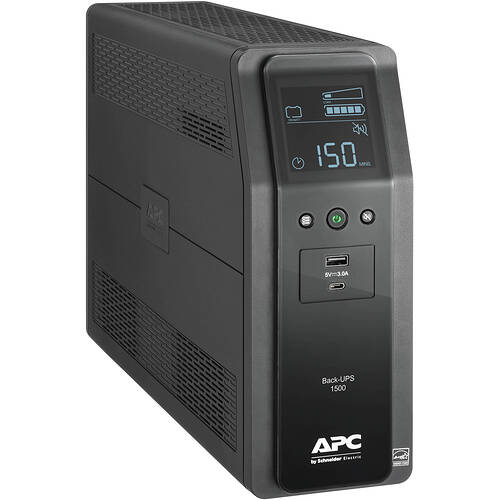On 12/12/2021 (approximately), my Segate STEL14000400 USB drive would not mount, no matter where I tried, no matter which cables I used.
14TB model:
One or two days later, I contacted Seagate by phone, they answered without having to navigate too much of “press this” and “press that” land. I relayed my issue to their representative, and they issued me an RMA number.
Then to my surprise, they asked me if I was interested in having them perform data recovery. Since these were plots, I was not prepared to pay more than a few dollars. I asked their price, and they told me it was free. So I accepted.
They asked me to describe which files are most important, and a few other questions, including whether I want the recovered files to be shipped back to me on an encrypted drive. I told them “No”, to the encryption, as that will just be more hoops for me to deal with, and that the recovered data is useless to anyone other than me.
Further to my surprise, they told me that they would be replacing my failed drive under the warranty, plus they would send me an additional drive with whatever they are able to recover, and I get to keep that additional drive (this all turned out to be true).
I later found out that the reason for the free data recovery was that it was included in the drive’s warranty (which I did not know when I made the purchase).
The good news continued, because they provided a pre-paid shipping label, and there was no cost for their shipments to me. In other words, it is all free.
The next day, I printed out the UPS label that they sent to me, and shipped the drive. The label was for their Cerritos, California warehouse.
Approximately 36 hours later, I received an e-mail message from their data recovery team, that included a shipping label. This new label was for their Oklahoma City, Oklahoma lab address.
Well, this needed to be investigated, because I doubt that both of those addresses (one in CA and one in OK) are both correct.
I contacted Seagate by phone (again, they answer their phones with minimal delay), and they confirmed that the first shipping label, to CA, should not have been sent to me. That address is for basic warranty replacement. If the drive makes it there, I could kiss it goodbye. I would get the replacement drive, but no data recovery.
I live in NJ, and the shipping label was for ground service. So I had a little breathing room to deal with this.
I contacted UPS, and tried to re-direct the shipment, or to have the shipment returned to me (the sender). Well, since Seagate provided the shipping label, it was Seagate that was the sender. UPS would not honor my request.
I called Seagate, and they got UPS to update the package as “Return To Sender” (I saw it via the tracking number). But to where the package would be returned was a mystery.
The days clicked by, and no updates on the on-line tracking service. My guess was that it was on a truck, and nothing will change until the truck reached a sorting facility in CA – and that is what happened. And the on-line tracking info was updated to include that it left the CA location – but no indication to where.
Several days went by, and the package got delivered to the Oklahoma lab’s address.
I contacted Seagate, to make sure that they did not deem that package as “Why was this delivered here?”
They understood, but said that due to Covid, they leave deliveries on the dock for 3 or 4 days before handling them.
Eventually I got an e-mail message from them (the data recovery team) that they are working on my drive. I asked them about when will my warranty replacement be shipped. They told me that due to the holidays, and Covid (and aliens from the 8th dimension) that they have delays, but they see my order in the system. They also have no say in the warranty replacement, because that is in CA and handled by that other location’s staff.
Approximately one week ago, I got my recovered data back, via two drives:
– A 10TB Expansion Desktop drive (STKP10000400), and
– A 5TB Expansion Portable drive (STKM5000400).
Apparently they did not have a single drive of high enough capacity to store all of my recovered data (all plots).
I guess that most folks that purchase high capacity drives do not fill them.
And still no warranty replacement drive.
I connected one of the above drives, and it was Bit Locker encrypted. This was after I told them not to encrypt the drives. Furthermore, they did not provide the password.
I contacted them by phone. They apologized for encrypting the drives, and the e-mailed me the password. But I had no other drives to copy the data to (in order to format the encrypted drives to clear the encryption).
Yesterday, my warranty replacement drive arrived, and I copied all of my plots from the encrypted drives to my empty (warranty) replacement drive.
I tested all 128 of the recovered plots, via:
chia plots check -g plot-whatever.plot
121 passed.
7 failed.
That was interesting, because all were written, contiguously. I used the drive for nothing else. So why would 7 get corrupted? They were the proper size.
The above journey took numerous phone calls, to keep the failed drive from getting lost in the Seagate ecosystem. Thank goodness they answer their calls.
If the above were Western Digital, I would have had a better chance of seeing Moses show up pregnant on the news.
Now if I could just get sync’d.

